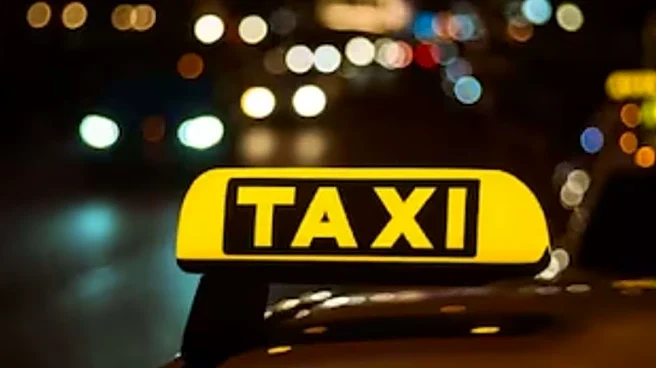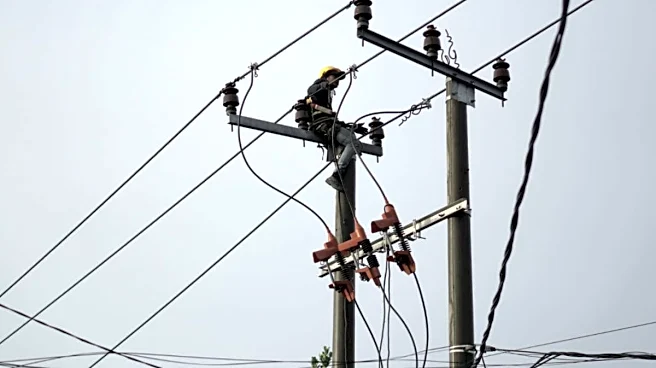Bengaluru has been trying many ways to deal with its growing traffic. New projects are planned every year to make travel smoother, and one of the biggest ideas on the list is the Phase-3 double-decker
corridor. This structure is supposed to combine a flyover and a Metro line, stretching across major routes in the city.
But a new Feasibility-cum-Detailed Project Report (DPR) reportedly suggests that this huge project may not ease traffic in the way many hoped. The report says the elevated road might not reduce jams on the ground, even after it is built.
DPR Shows Weak Traffic Improvement
As per the New Indian Express, the DPR looked closely at traffic movement between Kadabagere and Hosahalli, and also from JP Nagar to Hebbal. The findings showed that even with a new elevated road running above, the traffic on the main road below would barely change. This means the surface roads may remain as crowded as they are today.
As part of the report, a survey of 1,000 people was carried out. About 78 per cent said they faced heavy morning traffic between 6 am and 9 am. Another 48 per cent said evenings between 6 pm and 9 pm were just as bad.
But the biggest point was this: 91 per cent of commuters said they were not willing to pay tolls, even if it meant better roads.
Only Small Changes in Traffic
The report also shared traffic predictions for the coming years. On the Kadabagere-Hosahalli stretch, the vehicle count at ground level would reportedly drop from 1,837 to 1,369 Passenger Car Units (PCUs) by 2031. By 2041, it would reduce from 2,095 to 1,640 PCUs. These drops were described as minor, and the same pattern appeared on other junctions too.
The JP Nagar-Hebbal corridor showed similar results. Between JP Nagar and Sarakki Junction, traffic would reduce from 2,895 to 2,701 PCUs in 2031, and from 3,465 to 3,222 PCUs in 2041. The change again was small.
Experts Speak About the Findings
Independent mobility expert Satya Arikutharam shared his view on the project. As quoted by The New Indian Express, he said, “There is no transport case for building the double-decker structure throughout the Phase-3 alignment. A tolled facility doesn’t remove any significant surface road congestion. And if it is free, it impacts Metro viability.” He added that such structures help only in shorter parts of a route, like the one at Goraguntepalya Junction.
Meanwhile, Traffic expert Prof Sreehari M N also said, “Flyovers are not the solution. Anywhere in the world, flyovers have failed to solve congestion. They quickly become uneconomical.”
He explained that Bengaluru’s traffic pressure changes sharply between peak and non-peak hours. According to him, “During peak hours, the priority should be to increase the carrying capacity of public transport, not build more flyovers.”
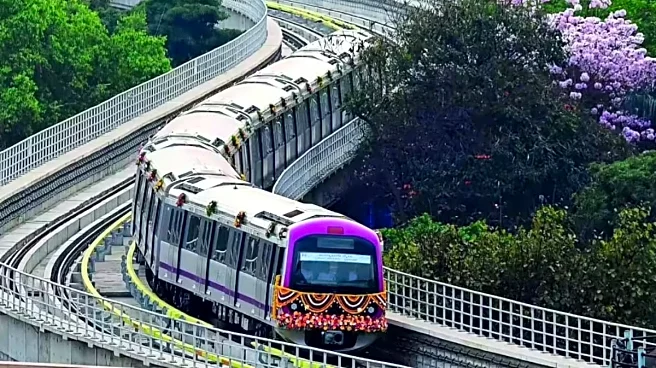

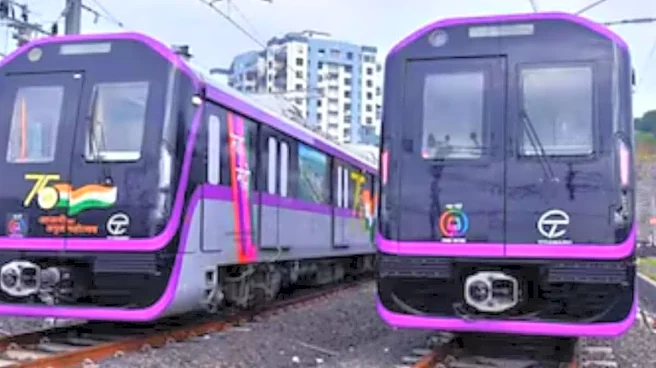

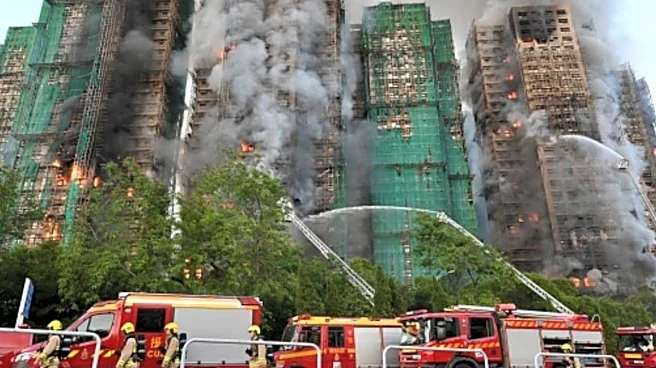



/images/ppid_59c68470-image-176423004250176622.webp)


